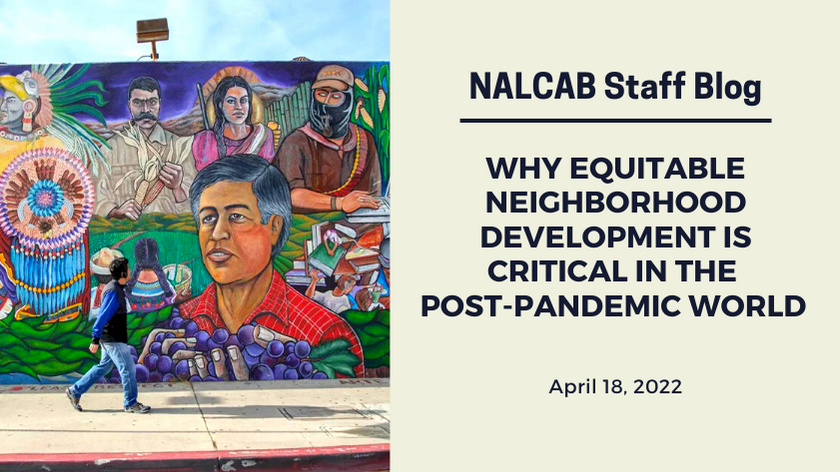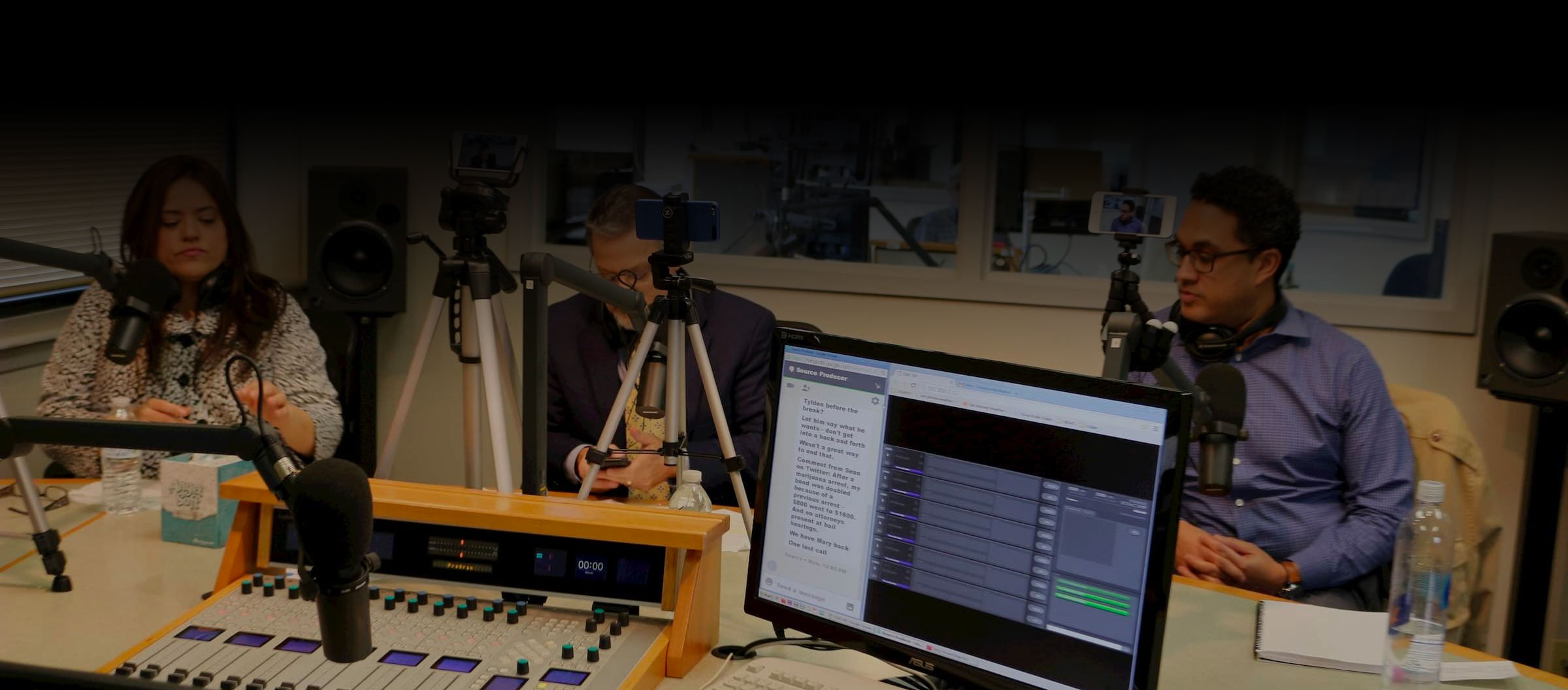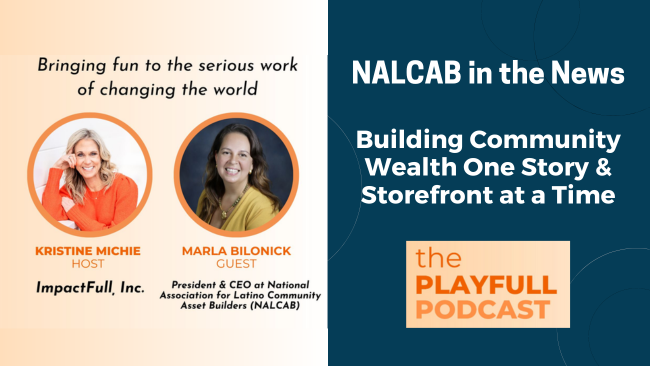
NALCAB STAFF BLOG
April 18, 2022
Housing stability and the opportunity to build a life and financial security for one’s family is something many of us take for granted.
Under historically institutionalized systems of racism such as redlining, and growing trends of gentrification and displacement through a booming housing market, many people of color and those living in rapidly gentrified neighborhoods are experiencing housing instability at alarming rates as their neighborhoods are now “up-and-coming” and “hot investment” spots, especially in urban areas close to city centers.
Black, Latino and immigrant communities continue to be affected by the challenges of neighborhood change and involuntary displacement at disproportionate rates across the country. A situation that has only been compounded by the economic effects of the COVID-19 pandemic. Now more than ever, incorporating tools that drive equitable neighborhood development, housing affordability, community health and small business preservation are key in helping to preserve housing stability for the most vulnerable.
In the communities that NALCAB serves, neighborhood change can take on many various forms: family-owned restaurants closing down to make way for trendy restaurants with a perceived “authentic, foodie experience,” the introduction of wide bicycle lanes when the majority of the neighborhood has historically relied on public transportation, or the daily walk from the mailbox with a hand full of offers for a home, site unseen, from investment companies two or more states away. NALCAB has been helping organizations advocate and plan for equitable development policy and practice since 2015. In conducting this work, we have developed a methodology for analyzing neighborhood change that provides a framework for anticipating gentrification and displacement, rather than being reactive after the displacement and cultural eradication have occurred. (You can read more about it in our Guide to Equitable Neighborhood Development). With support from the JPMorgan Chase Foundation and the Prudential Foundation, we have updated our methodology to better identify targeted areas not just experiencing gentrification now, but also those areas experiencing changes that will likely lead to gentrification and displacement in the near future.
We have provided grants and peer learning engagements to over 30 urban and rural community development organizations to engage in Geographic Information System (GIS) – enabled mapping and data analysis of real estate trends to support the development of neighborhood plans and implement projects related to affordable housing and culturally-driven commercial districts. Although longer-term planning and implementation activities took a back seat to more immediate needs during the COVID-19 pandemic, we have found that the equitable neighborhood development framework holds more relevance as we begin to emerge from the economic crisis. It can be easy for policy makers to disregard equitable practices when significant amounts of funds are being deployed rapidly, as was the case in 2020 and 2021. But since public and private recovery funds will continue to flow, our communities need to be positioned to advocate for themselves and utilize these resources to benefit those that are seldom heard in board rooms and city halls.
For NALCAB, building the capacity of nonprofits to develop data-driven, community-informed plans and then identify projects that will address issues of inequity are key tools in developing and preserving homes and businesses and mitigating the impacts of gentrification and displacement.
For organizations interested in this work, this tool, and its update, please CLICK HERE to view the recording of our Community Development Workshop, “Using Data & Mapping Tools to Advance Equitable Neighborhood Development,” where we demonstrate this work, its impact, and its applicability to your communities.
Related Posts
January 18, 2024 at 07:54 pm
(THE PLAYFUL PODCAST) Building Community Wealth On ...Posted by Nidia Alvarado
...
January 10, 2024 at 04:08 pm
(NPQ) Getting Federal Money to Communities: A Stor ...Posted by Hallie Chavez
...
August 16, 2023 at 07:16 pm
(NPQ) Public Land for Public Good: Preserving Miam ...Posted by Nidia Alvarado
...
August 09, 2023 at 07:18 pm
(NPQ) Holding Our Ground: Tenant Organizing in San ...Posted by Nidia Alvarado
...








